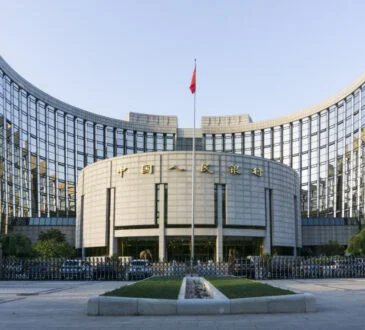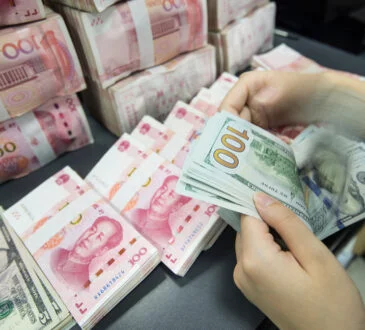
Good news: The Southeast Asian economy is still holding up so far in 2024.
The Southeast Asian economy continues to demonstrate resilience and
sustained growth. According to consulting firm McKinsey, the region’s
economies maintained their growth momentum in Q1 2024, propped up by key
sectors such as tourism and export markets which contributed to the
region’s economic strength.
GDP increased across all countries, with notable growth in Indonesia,
Malaysia, the Philippines, and Singapore. Although Thailand and Vietnam
experienced slower growth, the overall performance was buoyed by strong
domestic demand, stable prices, and robust employment markets.
Looking ahead to the rest of 2024, the outlook remains cautiously
optimistic amid a challenging external environment. China’s stronger
performance in Q1 2024 has positively impacted Southeast Asia,
bolstering regional demand, while growth in the United States fell short
of expectations. Ongoing geopolitical conflicts and global market
uncertainties, however, pose potential challenges for the region.
Macro overview of regional economies
Indonesia, Malaysia, the Philippines, and Singapore recorded stronger
growth in the first quarter 2024 compared to the previous quarter, says
McKinsey. The Philippines recorded the largest expansion, attaining
5.7% growth, with Vietnam and Indonesia following closely at 5.6% and
5.1%, respectively.
However, the first quarter 2024 saw all the regions’ currencies
depreciating against the US dollar, with the Thai baht dipping 7.8%, and
the Indonesian rupiah at its weakest against the US dollar since 2020.
Indonesia enjoyed a boost in its economy that came
from strong consumption – driven by higher public spending during
elections and higher household spending over Ramadan. However, the
rupiah is at an all-time low, prompting a surprise intervention by the
Indonesian central bank to stabilise the currency.
Malaysia’s GDP grew at a rate of 4.2% in the first
quarter of 2024, driven by stronger private expenditure and a positive
turnaround in exports. This growth is expected to gather momentum thanks
to the global tech upcycle, continued strength in nonelectrical and
electronics goods, tourist arrivals and spending. The local labour
market has also been supported by the tourism sector’s steady recovery.
The Philippines has seen sluggish growth – its
slowest since Q3 of 2010 – owing to elevated inflation levels and more
cautious spending that may likely be attributed to global geopolitical
tensions and the potential impact of climate change and El Niño on food
production.
Singapore enjoyed a temporary boost to its economy
thanks to recent concerts by international artists like Coldplay and
Taylor Swift, but this period remains the slowest period of growth since
Q1 of 2023. However, the government expects growth recovery in 2024 to
be supported by a gradual improvement in external-led sectors and a
strong contribution from services industries, including tourism.
Thailand recorded a slight decline in GDP growth,
marking the slowest rate of expansion among the other ASEAN-6 member
countries, but will be expected to bounce back with an ongoing recovery
in the local tourism sector.
Vietnam also saw a slowdown in growth for Q1 2024,
but was buoyed by a robust growth in tourism, supported by favourable
visa policies and tourism stimulus policies. International visitors
reached more than 4.6 million arrivals; a 72% rise compared to the same
period in 2023.





